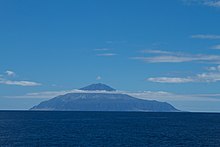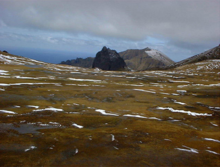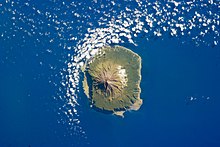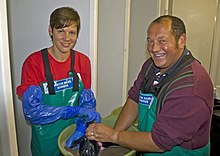
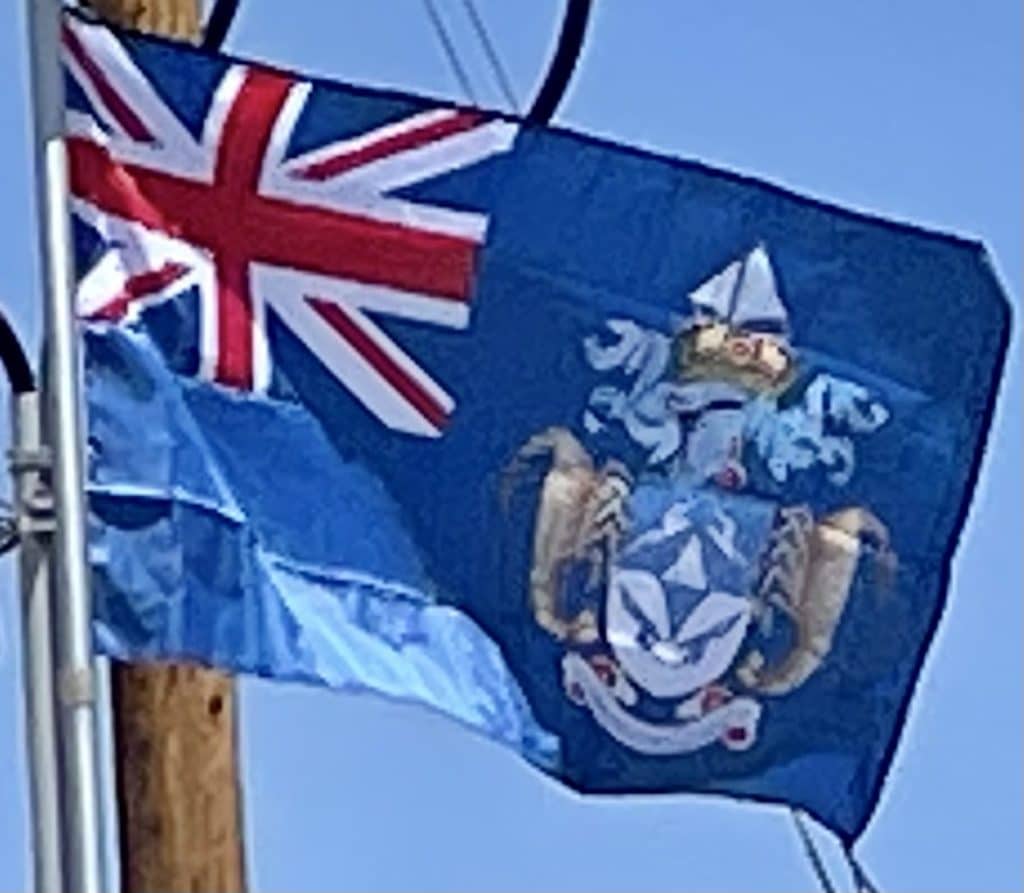
Tristan da Cunha
21st Century:
On 23 May 2001, the islands were hit by an extratropical cyclone that generated winds up to 190 kilometers per hour (120 mph). A number of structures were severely damaged, and numerous cattle were killed, prompting emergency aid provided by the British government. In 2005, the islands were given a United Kingdom post code (TDCU 1ZZ), to make it easier for the residents to order goods online.
On 13 February 2008, a fire destroyed the island’s four power generators and fish canning factory, severely disrupting the economy. On 14 March 2008, new generators were installed and power restored, and a new factory opened in July 2009. While the replacement factory was built, M/V Kelso came to the island as a factory ship. The St. Helena, Ascension, and Tristan da Cunha Constitution Order 2009 reorganized Tristan da Cunha as a constituent of the new British Overseas Territory of Saint Helena, Ascension and Tristan da Cunha, giving Tristan and Ascension equal status with Saint Helena.
On 16 March 2011, the freighter MS Oliva ran aground on Nightingale Island, spilling tons of heavy fuel oil into the ocean. The resulting oil slick threatened the island’s population of rockhopper penguins. Nightingale Island has no fresh water, so the penguins were transported to Tristan da Cunha for cleaning.
A total solar eclipse will pass over the island on 5 December 2048. The island is calculated to be on the center line of the umbra’s path for nearly three and a half minutes of totality.
On 13 November 2020 it was announced that the 687,247 square kilometers (265,348 sq mi) of the waters surrounding the islands will become a Marine Protection Zone. The move will make the zone the largest no-take zone in the Atlantic and the fourth largest on the planet. The move follows 20 years of conservation work by the RSPB and the island government and five years of the UK government’s Blue Belt program support.
Geography:
Tristan da Cunha is thought to have been formed by a long-lived center of upwelling mantle called the Tristan hotspot. Tristan da Cunha is the main island of the Tristan da Cunha archipelago, which consists of the following islands:
- Tristan da Cunha, the main and largest island, area: 98 square kilometers (37.8 sq mi) (37°6′44″S 12°16′56″W)
- Inaccessible Island, area: 14 square kilometers (5.4 sq mi)
- Nightingale Islands, area: 3.4 square kilometers (1.3 sq mi)
- Nightingale Island, area: 3.2 square kilometers (1.2 sq mi)
- Middle Island, area: 0.1 square kilometers (25 acres)
- Stoltenhoff Island, area: 0.1 square kilometers (25 acres)
- Gough Island (Diego Alvarez), area: 91 square kilometers (35 sq mi)
Inaccessible Island and the Nightingale Islands are 35 kilometers (22 mi) SW by W and SSW away from the main island, respectively, whereas Gough Island is 350 kilometers (217 mi) SSE.
